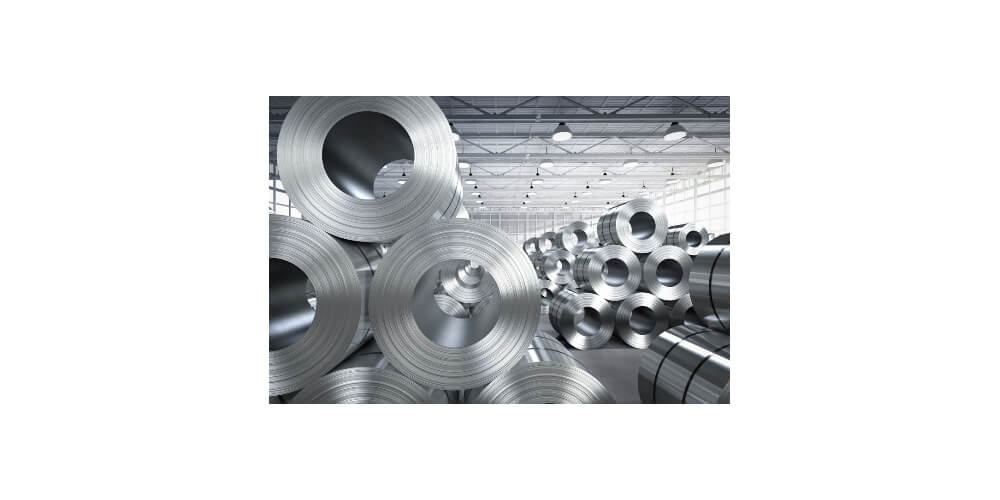Metal fabrication is a process that involves the use of raw materials to create structures, parts, and machines. Metal structures are created by bending, cutting, or assembling. An end product is created from either raw or semi-finished materials to get high-quality end products. Low-volume production is just one type of the leading metal fabrication processes.
Types of Metal Fabrication
When choosing a metal fabrication method, consider the purpose and materials to use. Below are standard custom metal fabrication processes.
1. Cutting
Cutting is used in splitting metal into two manageable working pieces. Modern cutting methods include power scissors, plasma arc cutting, laser cutting, and water jet cutting. Cutting can, therefore, be the only or the first stage in metal fabrication.
2. Folding
Metal is bent at an angle by holding the piece of metal between a die and a punch. It is mostly used to shape metals. One can choose to hammer the metal until it bends to the required angle.
3. Forging
Forging is the oldest type of metal fabrication, and blacksmiths used forging long ago. A large amount of force is applied to shape metals. A die or hammer gets used to working on the metal until it forms the intended shape. Forging can also be done by overheating the metal through a process called warm forging.
4. Punching
Specific tools are involved in this type of fabrication. There are two possible outcomes; the piece of metal with holes or it is removed and shaped.
5. Stamping
Stamping is similar to punching; the only difference is indentations are created instead of holes. Instead of the metal being forced through the die, it gets raised.
6. Welding
With welding, heat and pressure are used to join metal pieces of any size and shape.
7. Polishing
Polishing is the final process in fabrication. Under this process, final touches are made to the metal to ensure it meets all required designs.
How to Choose the Best Metal Fabricator
Depending on the project’s needs, choose the best manufacturer. To avoid compromising on quality, cost, and manufacturing rate. Below are essential tips;
· Choose a custom fabricator with experience. Experience is the best teacher; therefore, one is guaranteed quality services
· What products do the fabricators focus use? Depending on requirements, choose the one suited for your needs.
· CNC machines guaranteed particular end products even though they are expensive. It is, therefore, best to choose manual tools since they are cost-effective. But if the cost isn’t a factor, choose a fabricator who uses CNC machines.
· Consider the product type; is it high or low volume. Depending on your needs, choose the best.
· Ask around for the best fabricators. Does the fabricator have access to materials and suppliers? If they do look into the supplies to know the type of materials they produce.
Final Thoughts
Metal fabrication is a vital process for a metal project. Depending on your design, choose a cheap material. The cost depends on several factors, such as quantity, metal size, and materials used. If the material used is economical and the fabrication process takes a short time, then the cost will be low. Bends should be uniformly made for the neatness of the end product. Know more here rapiddone.com/metal-fabrication/.

